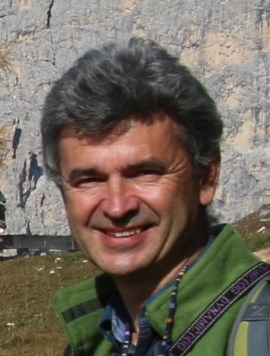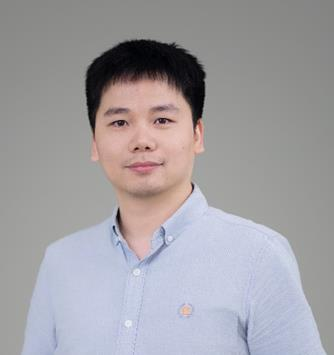Registration can be done by paying the conference fee and submitting this completed form to mihai.niculita@uaic.ro.
The registration fee will be 460 EURO, including conference materials, an icebreaker, coffee breaks, lunches, Thursday dinner, and a field trip.
Payment can be made by card online or by bank transfer.
Online payments are made using the university platform: https://plati-alumni.uaic.ro/, choosing Geomorphometry 2023 as the event and filling in the required fields. Invoices will be provided by email or at the conference (contact mihai.niculita@uaic.ro or aesynero@gmail.com).
Bank transfer details:
Name: Fundația Alumni – Universitatea Alexandru Ioan Cuza din Iași
Address: Bulevardul Carol I, nr. 11
Fiscal code: 21591880
- BRD-GSG (Banca Română pentru Dezvoltare – Groupe Societe Generale)
- IBAN RON: RO90 BRDE 240S V765 6220 2400
- IBAN EUR: RO76 BRDE 240S V783 6183 2400
- SWIFT: BRDEROBUXXX
- BCR (Banca Comercială Română)
- IBAN RON: RO83 RNCB 0175 1456 5076 0001
Ph.D. students and retired scientists will benefit from reduced fees (50% of normal registration).
Scientists with a documented permanent affiliation in low- or lower-middle income countries will benefit from reduced fees (50% of normal registration). The list is available on the World Bank website.
Cancellation/refund policy
Written notifications must be emailed to mihai.niculita@uaic.ro. Registration cancellations received by 1 June 2023 will receive a complete refund. Cancellations received between 1 June and 1 July 2023 will have a 100 EUR processing fee deducted from their refund. No refunds will be issued for canceled registrations or ticketed events after 1 July 2023.





